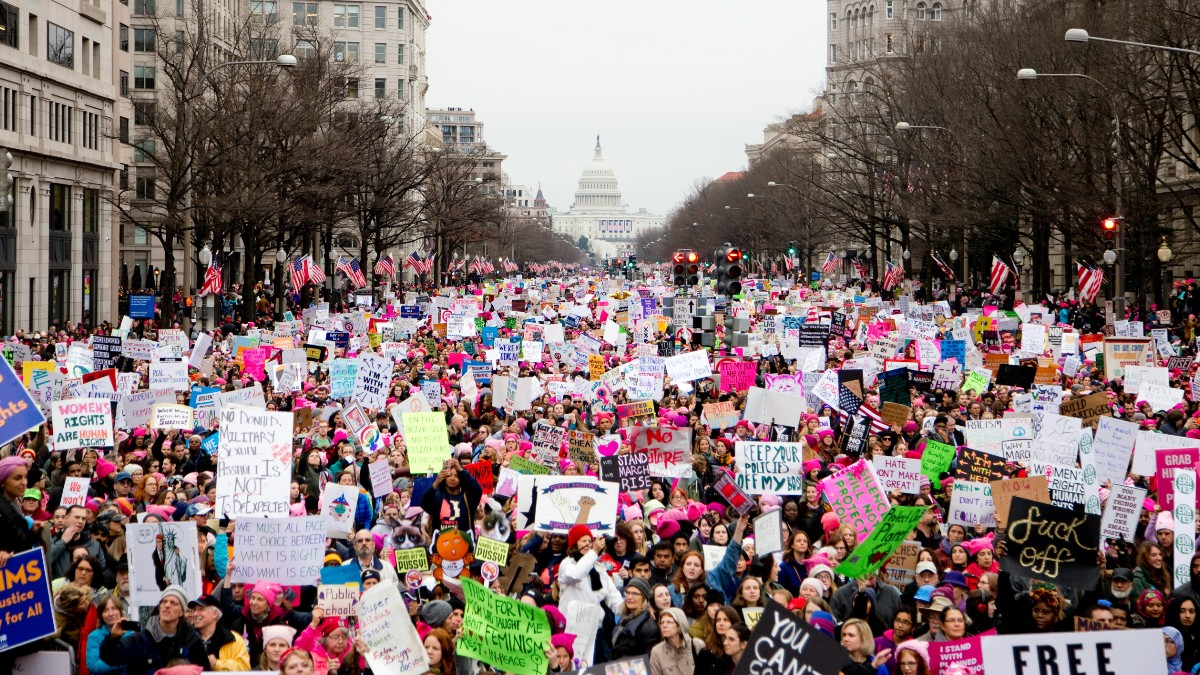The heinous assault on the United States Capitol has been one of those very few shocking moments in recent American history, which took place shortly after Joe Biden won the 2020 Presidential Election. In this paper, a detailed timeline of events is presented, along with discussing consequences for the main attackers involved in the insurrection.
When did the assault on the Capitol take place?
The storming of the Capitol happened on January 6, 2021. The date was important because, on this day, a combined session of Congress had gathered to certify the outcome of the Electoral College vote for the 2020 Presidential Election, confirming Joe Biden’s victory against incumbent President Donald Trump.
Events leading up to the assault
Starting in November of 2020, numerous claims of election fraud had been made by Donald Trump and his supporters. Those claims had been debunked by a stream of court judgments and recounts confirming the validity of the results. Outside the White House on the morning of January 6, Trump had another rally in which he again made those unfounded claims, calling on his supporters to “fight like hell” and march to the Capitol.
How the assault unfolded
Congress was in session when hundreds of Trump supporters congregated outside the Capitol. In a quick turn of events, the mob broke through security barricades, clashed with law enforcement, and breached the Capitol building. Legislators were evacuated, and the building went into lockdown.
The assault on the Capitol: Aftermath and accountability
The assault on the United States Capitol on January 6, 2021, following the victorious result of Joe Biden in the 2020 presidential election, was quite an unprecedented event in all annals of American history. A mob of supporters of then-President Donald Trump breached security and stormed the Capitol building while Congress was in session to certify the election results.
This act of violence interrupted the peaceful transition of power and gave a new scar to American democracy. A glance at the timeline of the attack and at some of the legal consequences for a number of the key participants in this article.
The timeline of assault
The events of January 6 unfolded over several hours: Trump held a rally near the White House that morning, repeating unsubstantiated claims of widespread election fraud and urging his supporters to march to the Capitol. As Congress began the process of certifying the electoral votes, the mob-Whipped up by the president’s rhetoric-descended upon the Capitol grounds.
At about 2:15 PM, rioters breached police barricades and stormed the Capitol, forcing lawmakers to flee the Complex and suspending the certification process. In the midst of the chaos that ensued, rioters vandalized property, clashed with police, and seized parts of the Complex, including the Senate chamber and House Speaker Nancy Pelosi’s office. Eventually, the National Guard was summoned to re-establish order, and a curfew was imposed on Washington D.C. Order was finally restored, and Congress reconvened later that night to complete the certification of Biden’s victory.
Legal consequences for the perpetrators
In the wake of this attack, the Department of Justice undertook an investigation with extensive results: hundreds of arrests and hundreds of prosecutions. Charges ran from trespassing and disorderly conduct to, among more serious charges, counts of assault, conspiracy, and seditious conspiracy. Several of the most key players who took part in the attack faced serious legal consequences:
- Jacob Chansley (QAnon Shaman): One of the most iconic figures from the riot, Chansley, with his horned headdress and face paint, pleaded guilty to obstructing an official proceeding and was sentenced to 41 months in prison. With his highly distinctive attire and time spent inside the Senate chamber, he was at the heart of media attention.
- Stewart Rhodes: The leader of the Oath Keepers was convicted of seditious conspiracy among other charges in connection with the attack. Prosecutors argued that Rhodes, along with other members of the Oath Keepers, planned and coordinated an effort to disrupt the certification process. He received 18 years in prison, a long sentence.
- Enrique Tarrio Proud Boys Leader: Tarrio was also found guilty of seditious conspiracy, an ex-leader of the far-right group Proud Boys. The prosecutors proved that it wasTarrio, along with other members of the Proud Boys, who led in planning and carrying out the attack on the Capitol building. He received a prison sentence of 22 years-longest given for the attack on January 6th.
Those mentioned here are among hundreds of sentences that have been meted out to those who took part in the assault on the Capitol. Investigation and prosecutions continue, accountability for what transpired on January 6 is an unfolding story.
The ongoing impact and inspection
The January 6 attack sent shockwaves through American politics and society at large. It underlined deep divisions within the country and raised serious concerns about the fragile nature of democratic institutions. The event also spurred ongoing debates over domestic terrorism, using social media for the dissemination of misinformation, and the need for election security reforms.
The attack has remained in investigation and analysis up to date, with the House Select Committee on its investigation into the January 6th Attack releasing a comprehensive report detailing findings and recommendations. The events of that day were stark reminders of democratic principles at risk and the rule of law.
Read more: How does the US electoral system work, what is direct voting and what does it mean that the president is elected by indirect election?
Read more: Russia fines Google twenty quintillion dollars, more than all the money in the world

